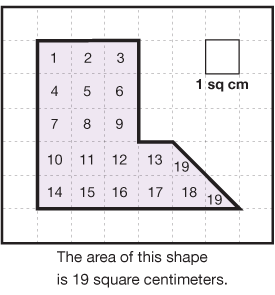Students use mathematical models (e.g., graphs, tables, and diagrams) to decide which paper towel brand picks up more water or is the better “picker upper.” Students measure the area of a spot made by a given number of drops of water on different brands of paper towels. Then they use a paper model to estimate the number of drops that a paper towel might pick up.
Content in this Lesson
- Using tables, graphs, and diagrams to model and reason about real-world problems [E8].
- Identifying the variables of an investigation.
- Identifying the fixed variables in an investigation.
- Finding the median of a data set [E7].
- Making a scaled bar graph using numerical data [E5].
- Reading a table and graph to find information about a data set [E6].
- Measuring area by counting square units [E3].
- Making predictions and generalizations about a data set using data tables, graphs, and diagrams [E8].
- Clearly communicating one's reasoning [MPE5, MPE6].
- Knowing and using appropriate tools to solve a problem [MPE1, MPE2].
Daily Practice and Problems I–P
Assessment in this Lesson
| Assessment | Expectation Assessed | Math Practices Expectation Assessed |
|---|---|---|
|
The Better |
|
|
|
Lori's Questions |
|
|
|
DPP Item I |
|
|
|
DPP Item O |
|
|
|
Home Practice Part 4 |
|















